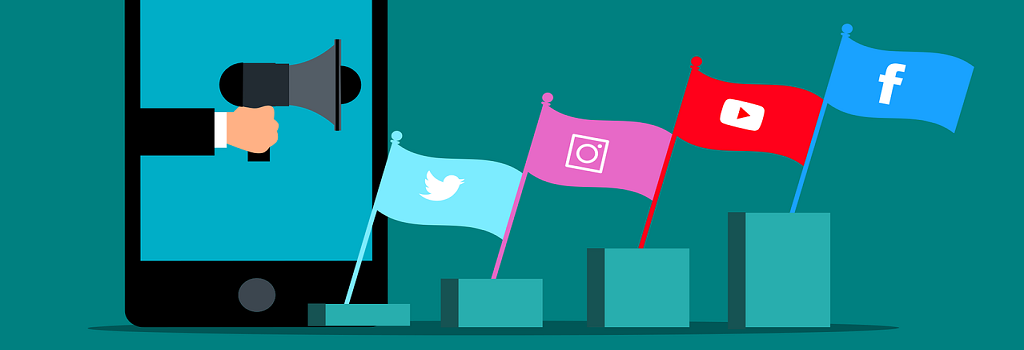
How to stand out from the crowd – a look at key ways to capture attention in 2024
Breaking through the noise and standing out from the competition – no small task for any B2B brand. Now, as content threatens to become blander and less engaging with AI-generated copy, and performance metrics are harder to track with tighter privacy regulations and browser changes, Attention Marketing and metrics are finding themselves under the lens of marketers and PR pros.
Remember, the B2B buying process is no overnight decision – buyers want to relate to your company and resonate with your solutions. They need to trust your brand, so think Brand Equity. They want a company that is going to help them solve real-life business issues. So think content marketing. But how can you make sure you grab their attention throughout their buying journey?
Enter Attention Marketing and its metrics.
The 101 on attention metrics
Successful B2B marketing and PR teams are digging much deeper to get the most bang out of their marketing buck. Chasing high viewability figures alone are a bygone – the forward-thinking teams now recognize the value in harnessing their human creators, using executive profiling for their SMEs, and improving brand awareness to make their experiences stand out.
Attention Marketing isn’t a new strategy. Here at IBA we’ve been practicing Attention Marketing for years with our journalist pitches, but technology has given attention metrics a full facelift – making traditionally difficult-to-attain metrics become, well, attainable.
The digital facelift – technology transforms attention metrics
The clue is in the name – attention metrics are all about how well you have captured the attention of your audience. Think attention, engagement, retention. There is no single measurement for attention metrics, but take for example page heat mapping, which provides metrics on how long a person views a page, and what actions they took during that period. There are other data points to measure attention metrics too, think dwell time, scroll speed, cursor location, and completion rates. Check out those new snazzy short videos to see if they are working. When compared to viewability rates alone, attention metrics paint a much clearer picture into how an audience is viewing content, and for how long.
A tried and tested method – why now?
So why is this all coming into focus now? Our team’s own attention was grabbed by a recent post by Social Media Today discussing the 20 Content Prompts To Help Boost Your LinkedIn Presence in 2024 – think boosting engagement, conveying messaging, highlighting industry expertise, and capturing that all important attention!
Some of the 20 prompts could be merged, but here we’ve highlighted some of our top takeaways from the Social Media Today post to get you out of your ChatGPT slumber and start being creative again – they should boost LinkedIn awareness and other thought leadership content strategies too.
The SevenUp to add pizzazz to your content
- Debunk a common misconception or myth in your industry
- Share a positive customer testimonial to build credibility and trust
- Interview an industry expert or influential figure and share valuable insights or collaborate on content
- Highlight a recent industry event or conference you attended and share takeaways
- Share an infographic or data visualisation relating to an industry trend – good for social
- Offer a step-by-step tutorial or guide that addresses audience pain points
- Share an inspiring story or anecdote about a valuable lesson or principle in your field
Tips to up Attention Marketing – and metrics!
These are just a few of the standout ways to boost engagement and gain attention to your brand – not just on LinkedIn but on all your content placements. But remember, grabbing your audience’s attention may be harder than ever, but you won’t even know that you have if you aren’t also using attention tracking metrics!
Georgia Harris is PR Lead Themes at IBA International.

Leave a comment